Malaysia food is a flavorful blend of cultures, rich in history, tradition, and bold spices. Each dish tells a unique story. Influenced by Malay, Chinese, Indian, and indigenous heritage, Malaysian cuisine reflects centuries of cultural fusion. From street food to festive feasts, these ten iconic dishes offer more than just taste—they connect people through shared memories and identity. Whether it’s the comforting aroma of nasi lemak or the bold bite of durian, every plate has meaning. Discover the roots behind Malaysia’s most beloved foods and savor the stories that have stood the test of time.
10 MUST-TRY MALAYSIAN DISHES EVERY FOOD LOVER NEEDS TO TASTE
Table of Contents


Nasi lemak
Nasi lemak, Malaysia’s national dish, originated as a farmer’s breakfast. Traditionally, rice was cooked in coconut milk with pandan leaves, served with sambal, anchovies, boiled eggs, peanuts, and cucumber. The name “lemak” refers to the rich, creamy texture from the coconut milk. Over time, it evolved into an all-day meal with various accompaniments like fried chicken or rendang.
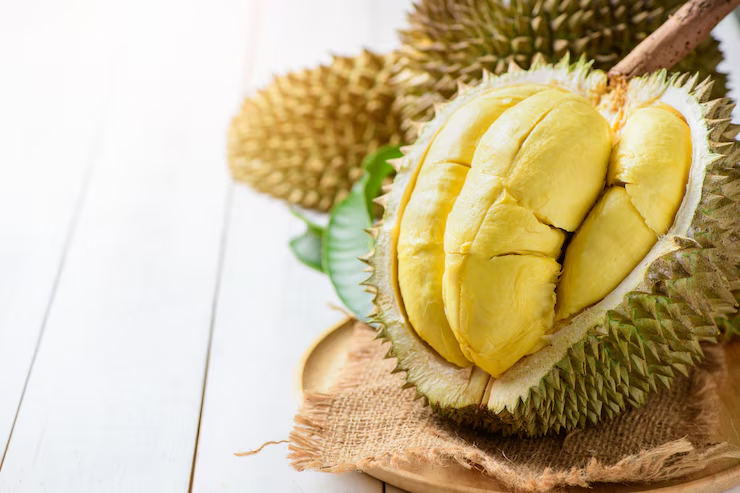
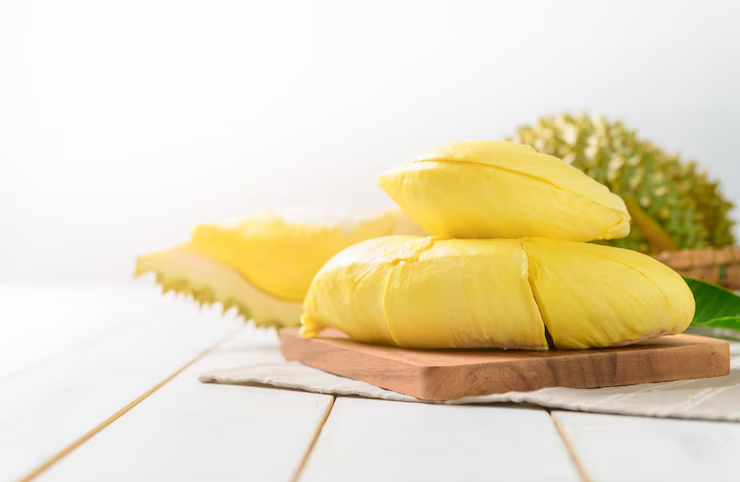
Durian
Known as the “King of Fruits”, durian is native to Southeast Asia and has been consumed for centuries. References to durian appear in historical Malay texts from the 15th century. Its strong odor and unique taste have made it both loved and hated. In Malaysia, it’s not just a fruit but a cultural icon, especially during the durian season.


Satay
Satay originated in Indonesia (Java), but became popular across Southeast Asia. It was introduced to Malaysia through Javanese immigrants and adopted by the Malays. It consists of marinated meat (usually chicken or beef) skewered and grilled over charcoal, served with a peanut sauce, rice cakes (ketupat), and cucumber. Each region in Malaysia has its own variation.


Bak Kut Teh
Bak Kut Teh means “meat bone tea” in Hokkien. It was brought to Malaysia by Chinese laborers (mostly Hokkien and Teochew) in the 19th century. The dish features pork ribs simmered in a complex broth of herbs and spices. It was a hearty meal for laborers and is especially popular in Klang, which is known as the birthplace of Malaysian Bak Kut Teh.


Nyoya Kuih
Nyonya kuih are small, traditional desserts or snacks made by the Peranakans—people of Chinese heritage who settled in the Malay region and blended Chinese and Malay cultures. These treats combine flavors and cooking styles from both traditions. They’re usually made with ingredients like coconut milk, sticky rice, and pandan leaves. Nyonya kuih are well known for their bright colors and interesting textures.

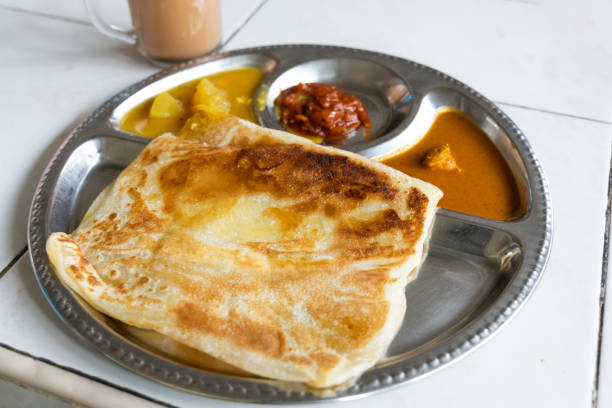
Roti Canai
Roti canai originated from Indian Muslim (mamak) communities in Malaysia, inspired by South Indian paratha. It’s a flaky, layered flatbread, traditionally served with dhal or curry. Roti tissue is a modern, exaggerated version—thin, crispy, and often shaped like a cone, sometimes sprinkled with sugar or served with condensed milk.


Char kuey teow
Char kuey teow is believed to have been created by Chinese laborers in Penang during the late 19th or early 20th century. Made with flat rice noodles stir-fried in high heat with soy sauce, prawns, cockles, Chinese sausage, and egg, it was an energy-rich, inexpensive meal for workers. The dish is now a beloved Malaysian street food staple.
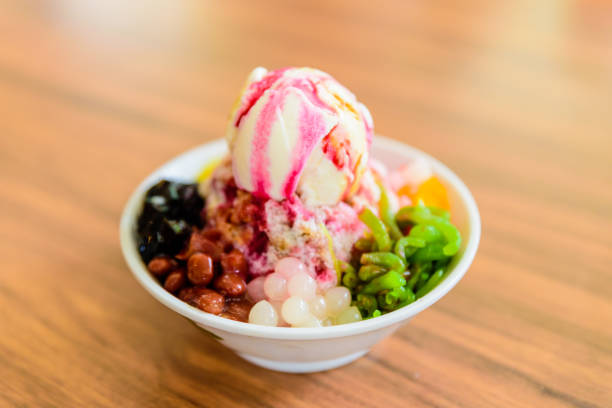
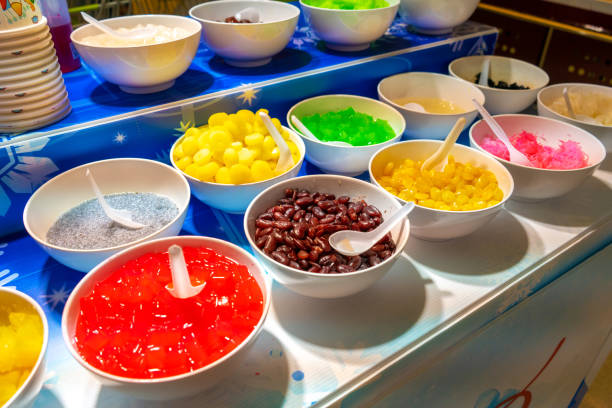
Ice kacang
Ice kacang, also known as “ABC” (air batu campur), has its roots in colonial-era Malaya when ice-making became accessible. Originally just shaved ice with syrup, it evolved into a colorful dessert with red beans, sweet corn, grass jelly, agar-agar, peanuts, and condensed milk. A Malaysian favorite in hot weather.
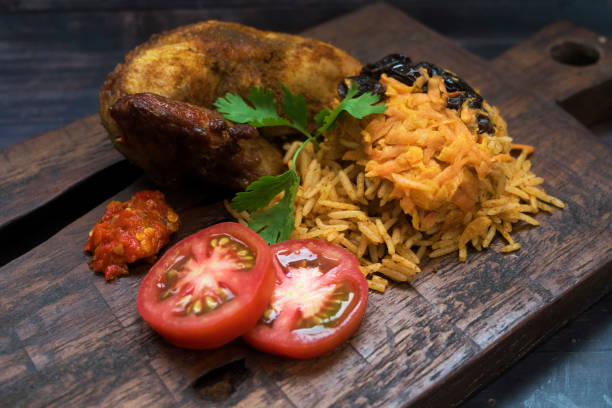

Nasi Biryani
Biryani was introduced to Malaysia by Indian Muslim traders and settlers, especially from South India. Over time, it was localized into nasi briyani, which features fragrant basmati rice cooked with spices, often served with lamb, chicken, or beef. It’s a popular dish during festivals and weddings.


Maggie Goreng
Maggi goreng is a popular modern Malaysian dish created by mamak stalls. It’s a stir-fried version of instant noodles, cooked with soy sauce, egg, vegetables, and sometimes meat or seafood. Over time, instant noodles have become a staple in Malaysian kitchens, and the term “Maggi” is often used to refer to any instant noodles, regardless of brand.

